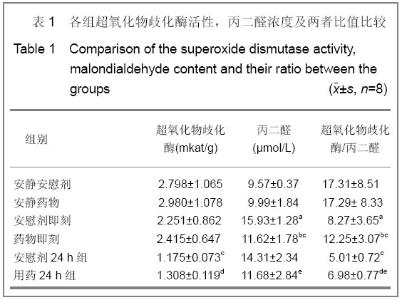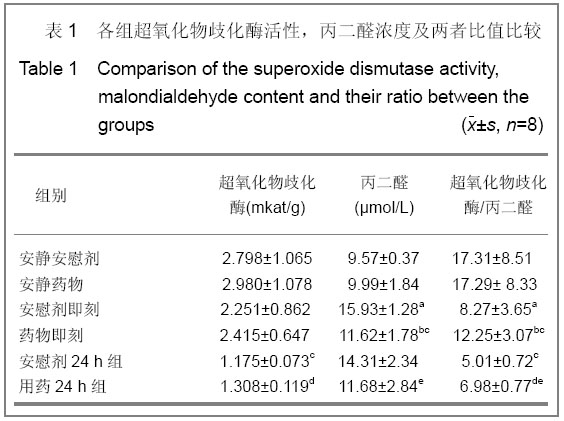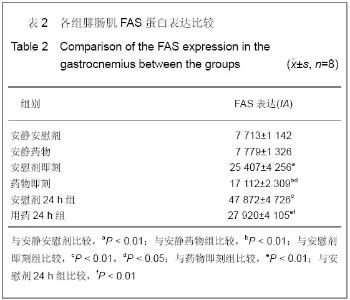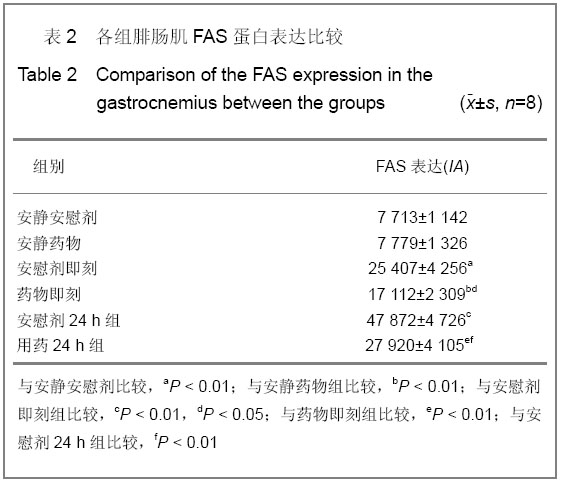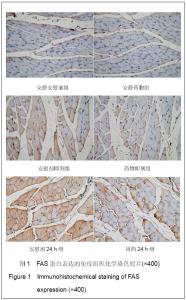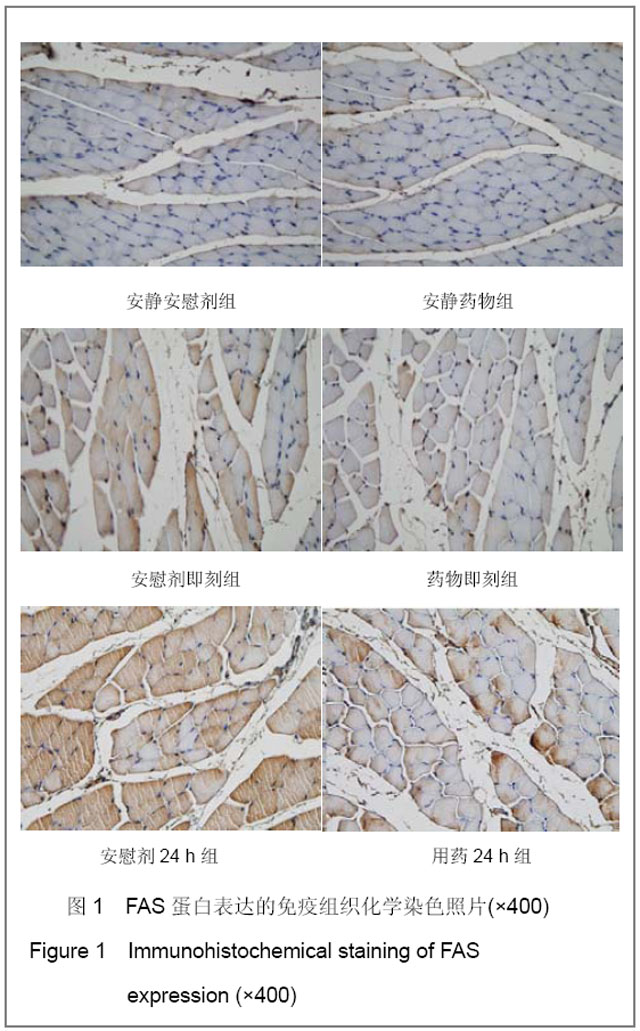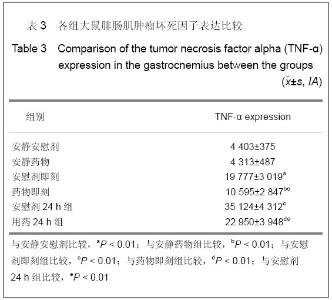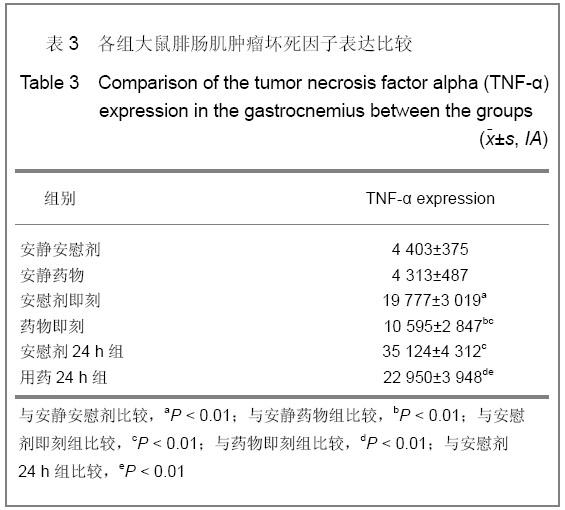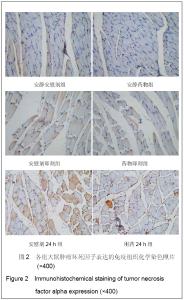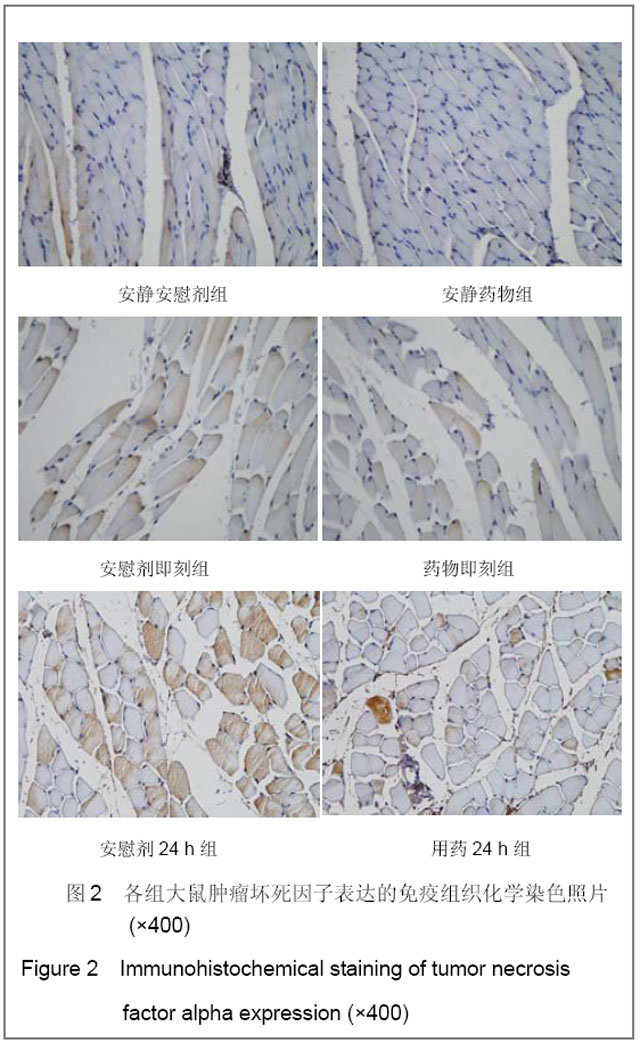| [1] Knekt P, Kumpulainen J, Järvinen R, et al.Flavonoid intake and risk of chronic diseases. Am J Clin Nutr. 2002;76(3): 560-568.[2] Gao Y,Dong Z.Zhongguo Zhongyao ZaZhi.2009;34(6): 651-655.高羽,董志.原花青素的药理学研究现状[J].中国中药杂志, 2009,34(6):651-655.[3] Liu C,He Y.Chengdu Tiyu Xueyuan Xuebao.2008;34(10): 74-78.刘畅, 何宇. 原花青素对大鼠力竭运动后不同时相肝脏自由基代谢的影响[J]. 成都体育学院学报, 2008, 34(10):74-78.[4] Tong LS.Xian Tiyu Xueyuan Xuebao.2008;25(6):87-89.佟立生. 原花青素对大强度耐力训练大鼠心肌NO、NOS系统及自由基代谢的影响[J]. 西安体育学院学报2008,25(6):87-89.[5] Zhang YG.Guowai Yixue.1997;17(3):255.张永刚.肝细胞钙超载与肝细胞损伤[J].国外医学:生理,病理科学与临床分册,1997,17(3):255.[6] Halliwell B, Gutteridge JM. Role of free radicals and catalytic metaliron in human disease:an overview.Methods Enzymol. 1990;186:1-85.[7] DaviesK J, QuintanilhaA T, BrooksG A, et al.Free radicals and tissue damage produced by exercise. BiochemBiophysRes Commun.1982;107(4): 1198 -1205.[8] Jackson MJ, Edwards RH, Symons MC, et al. Electron spin resonance studies of intactmammalian skeletalmuscle. Biochim Biophys Acta.1985;847(2): 185-190.[9] Zhang YK,Jiao Y,Feng WQ,Zhongguo Yundong Yixue Zazhi. 1995;14(2):69-72.张蕴琨,焦颖,冯炜权,等.力竭性游泳对小鼠脑、肝、肌组织自由基代谢和血清CK、LDH活性的影响[J].中国运动医学杂志.1995, 14(2):69-72.[10] Wu X,Huang K.Hubei Shifan Xueyuan Xuebao.2008;28(4): 64-68.吴瑕,黄凯.运动与氧化应激[J]湖北师范学院学报,2008,28(4): 64-68.[11] Jin HM.Beijing: People’s Medical Publishing House.2008.金惠铭.病理生理学[M].北京:人民卫生出版社.2008.[12] Yin J,Hu YX,Hu YM,etal.Zhongguo Redai Yixue Zazhi.2007; 7(8): 1285-1286.尹进,胡怡秀,胡余明,等.葡萄籽原花青素提取物对小鼠MDA、SOD和GSH-Px的影响[J].中国热带医学杂志, 2007,7(8): 1285-1286.[13] Matute-Bello G, Winn RK, Jonas M, et al.Fas(CD95)induces alveolar epithelial cell apoptosisin vivo.Am J Pathol.2001; 158(1): 153-161.[14] Zhang Y,Yue SW.Zhongguo Kangfu.2002;9(3):181-183.张缨,岳寿伟. 运动与细胞凋亡的关系[J]. 中国康复, 2002, 9(3):181-183.[15] Nakamura M, Matute-Bello G, Liles WC, et al.Differential response of human lung epithelial cells to fas-in-duced apoptosis.Am JPathol.2004;164(7): 1949-1958.[16] Chen PJ.Shanghai Tiyu Xueyuan Xuebao.2000;2(1):41-46.陈佩杰. 急性运动对机体免疫系统的影响[J].上海体育学院学报, 2000,2(1):41-46.[17] Zhuang YJ,Xu XP.Nafang Yike Daxue Xuebao.2006;26(10): 1518-1519庄永敬,徐小平.大鼠肝缺血再灌注后Fas及FasL蛋白表达变化及缺血预处理的保护机制[J]. 南方医科大学学报,2006,26(10): 1518-1519.[18] Huang YF,Xu XY.Tiyu Kexue.2005;25(3): 58-61.黄颖峰,徐晓阳.恒定负荷耐力训练对大鼠骨骼肌细胞凋亡的影响实验[J].体育科学, 2005, 25(3): 58-61.[19] Zhou J.Hunan Shida. 2005.周捷. 不同强度运动对大鼠骨骼肌细胞凋亡的影响[D].湖南师范大学,2005 |
